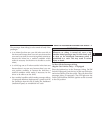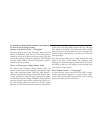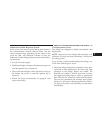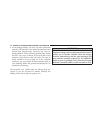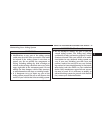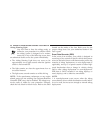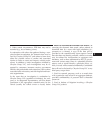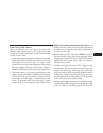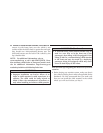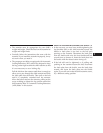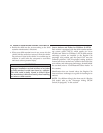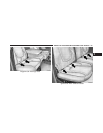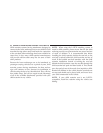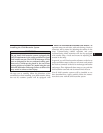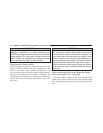
Infants and Small Children
There are different sizes and types of restraints for
children from newborn size to the child almost large
enough for an adult safety belt. Use the restraint that is
correct for your child.
•
Safety experts recommend that children ride rearward-
facing in the vehicle until they are at least one year old
and weigh at least 20 lbs (9 kg). Two types of child
restraints can be used rearward-facing: infant carriers
and ЉconvertibleЉ child seats. Both types of child re-
straints are held in the vehicle by the lap/shoulder belt.
•
The infant carrier is only used rearward-facing in the
vehicle. It is recommended for children who weigh up
to about 20 lbs (9 kg). ЉConvertibleЉ child seats can be
used either rearward-facing or forward-facing in the
vehicle. Convertible child seats often have a higher
weight limit in the rearward-facing direction than
infant carriers do, so they can be used rearward-facing
by children who weigh more than 20 lbs (9 kg) but are
less than one year old.
•
Rearward-facing child seats must NEVER be used in
the front seat of a vehicle with a front passenger airbag
(if equipped) unless the airbag is turned off. An airbag
deployment could cause severe injury or death to
infants in this position.
•
Children who weigh more than 20 lbs (9 kg) and who
are older than one year can ride forward-facing in the
vehicle. Forward-facing child seats and convertible
child seats used in the forward-facing direction are for
children who weigh 20 to 40 lbs (9 to 18 kg) and who
are older than one year. These child seats are also held
in the vehicle by the lap/shoulder belt.
•
The belt-positioning booster seat is for children weigh-
ing more than 40 lbs (18 kg), but who are still too small
to fit the vehicle’s seat belts properly. If the child
2
THINGS TO KNOW BEFORE STARTING YOUR VEHICLE 59



